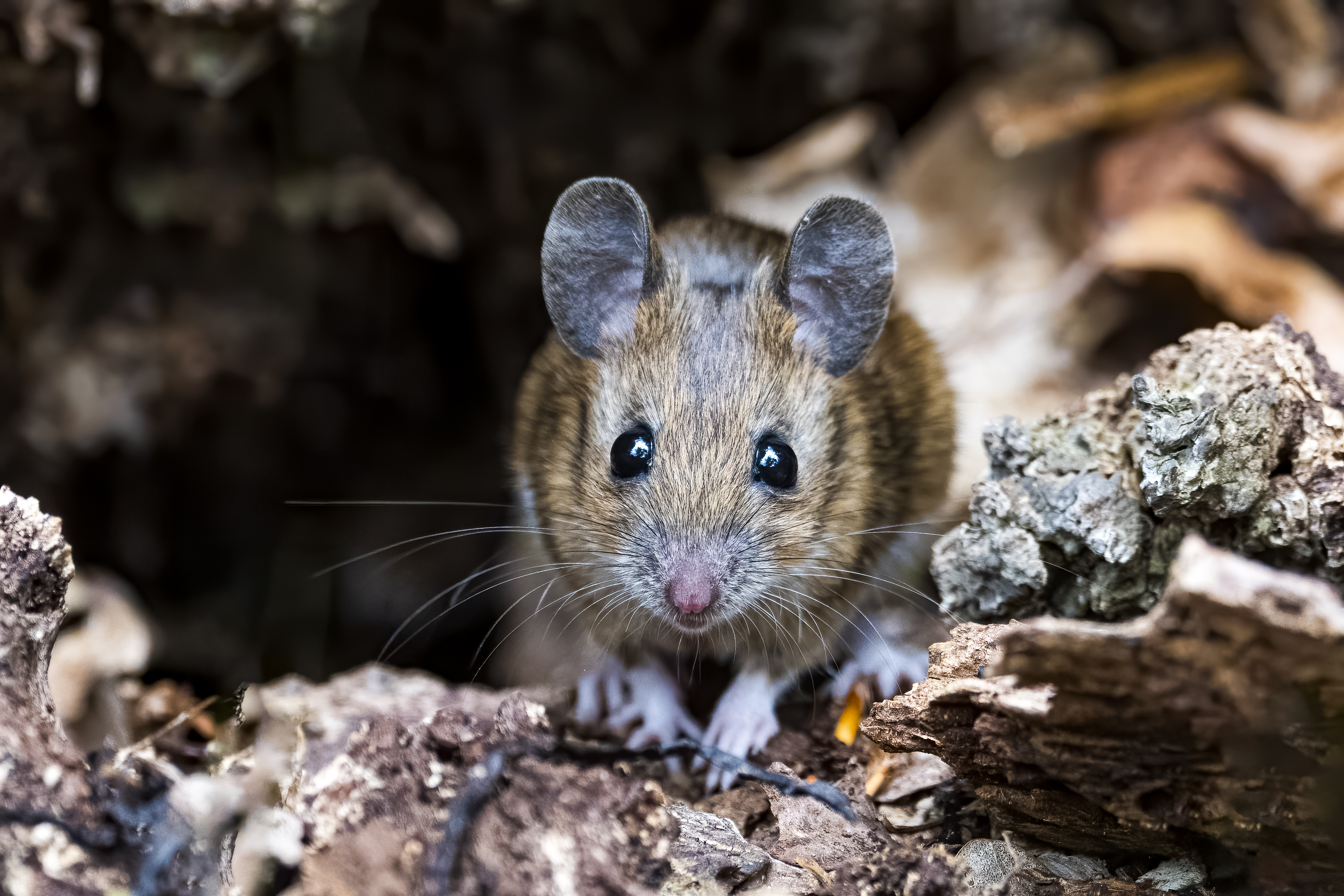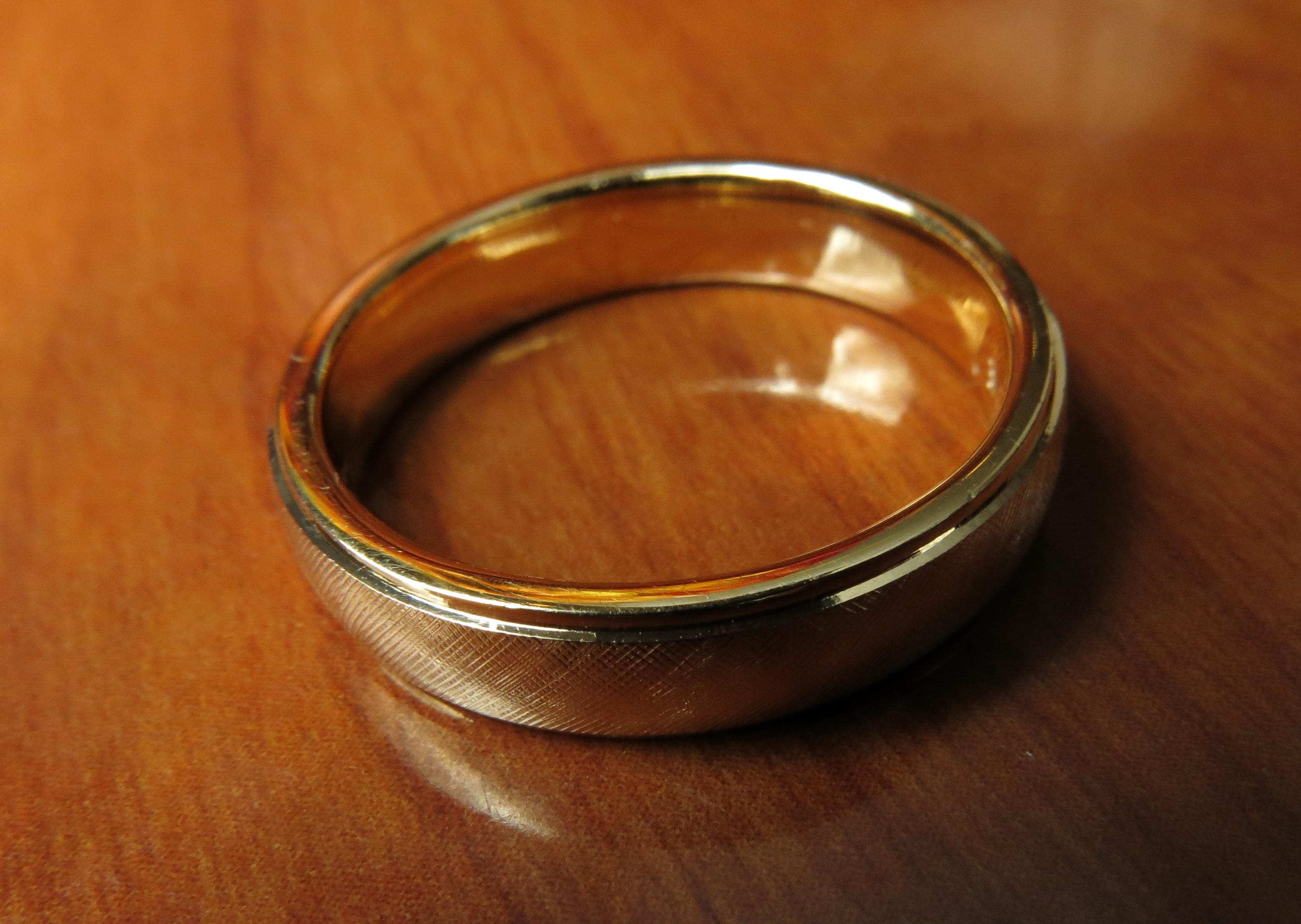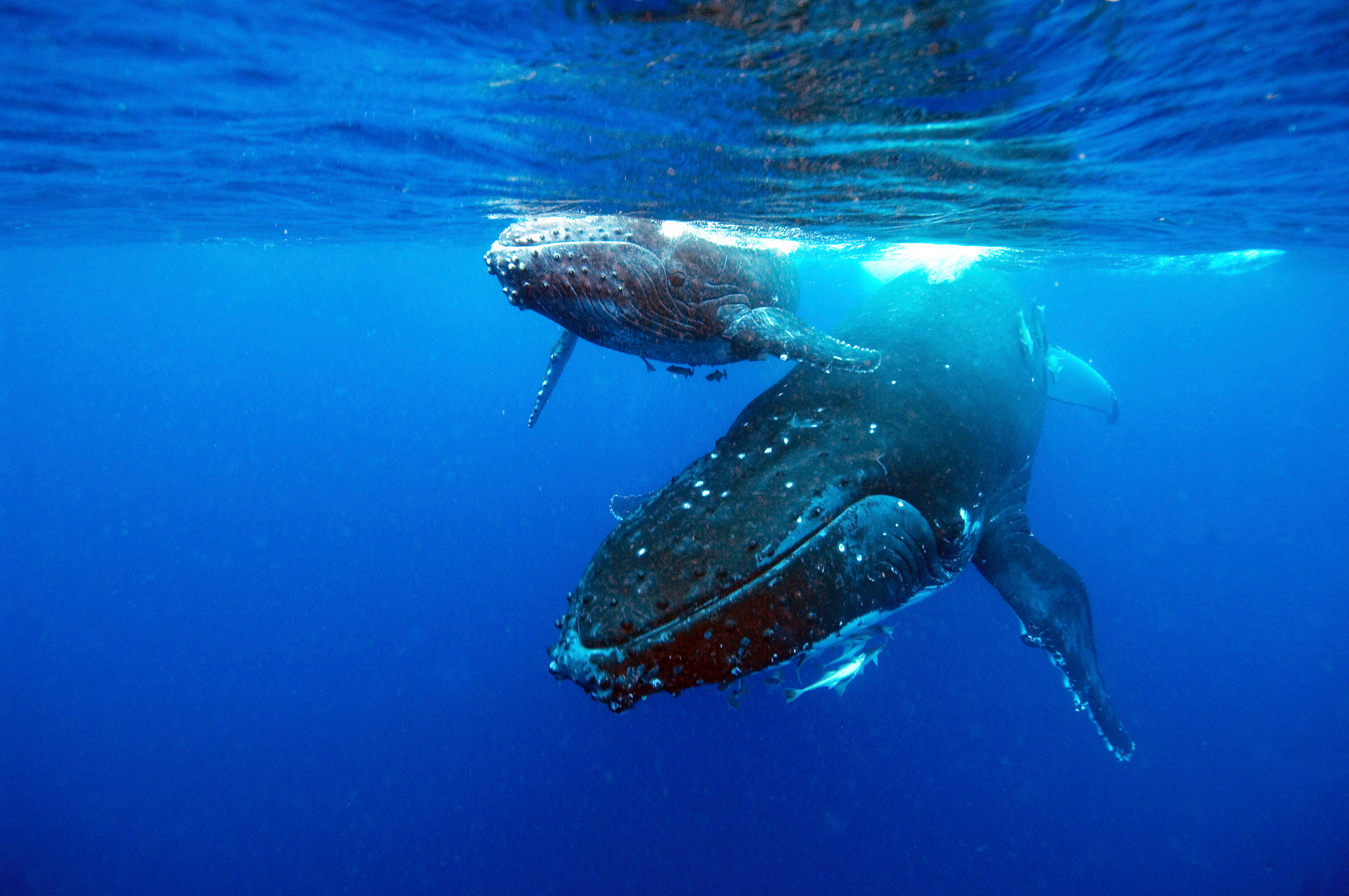The week's good news: March 9, 2023
It wasn't all bad!


- 1. Bakery owner finds the recipe for success is her 'open door' hiring policy
- 2. AI software shows promising results in detecting breast cancer missed by doctors
- 3. Genealogist uses her research skills to get long-lost love letters back to family
- 4. UN agrees on landmark treaty to protect marine life
- 5. Through non-invasive technology, scientists find hidden corridor in Great Pyramid of Giza
1. Bakery owner finds the recipe for success is her 'open door' hiring policy
Janie's Life-Changing Baked Goods is known for its pie crust cookies — and giving employees a second chance. Owner Janie Deegan discovered a love of baking when she was 25 and recovering from addiction. "When I was getting sober, I found that my life was so out of control," she told CBS News, and baking was "a beautiful, meditative, very controlled artistic outlet for me." When she decided to open a bakery in Manhattan, Deegan wanted to give others an opportunity to start over as well. She has an open door hiring policy, meaning if someone is "ready, willing, able, and enthusiastic about coming to work, we're not going to look at your past situations or gaps on your resume or if you're homeless or been in prison. The person you show up to the interview as is the person we're looking for." This has been a recipe for success — she now has two bakeries and 15 employees.
2. AI software shows promising results in detecting breast cancer missed by doctors
In Hungary, early testing results show that artificial intelligence has an "impressive ability" to detect signs of breast cancer missed by doctors, The New York Times reports. Kheiron Medical Technologies feeds its AI systems millions of mammograms from patients whose diagnoses are known, as well as images labeled by radiologists to teach the AI to detect cancerous growths by their shapes, locations, and density, the Times reports. By then creating a mathematical representation of normal mammograms and those with cancers, the system compares that baseline to spot abnormalities in mammograms. In 2022, after testing more than 275,000 breast cancer cases, Kheiron said its AI technology can spot cancer at least as well as doctors as the second reader of scans. Additional testing at a clinic in Hungary found the AI software was able to identify more malignancies, increasing the cancer detection rate by 13 percent. The technology is meant to be used alongside doctors, and more clinical trials are needed so the systems can produce accurate results on women of all ages, ethnicities, and body types.
The Week
Escape your echo chamber. Get the facts behind the news, plus analysis from multiple perspectives.

Sign up for The Week's Free Newsletters
From our morning news briefing to a weekly Good News Newsletter, get the best of The Week delivered directly to your inbox.
From our morning news briefing to a weekly Good News Newsletter, get the best of The Week delivered directly to your inbox.
3. Genealogist uses her research skills to get long-lost love letters back to family
For nearly 30 years, Dottie Kearney held onto letters she found in her Staten Island, New York, home, hoping to one day reunite them with their rightful owners. She finally got the chance last year, when she saw Chelsey Brown on television. Brown is a genealogist who combs through records and ancestry websites to find families and reunite them with lost heirlooms. The 18 letters Kearney discovered in 1995 were written during World War II by Claude Marsten Smythe, then serving in the U.S. Navy, and his wife Marie Borgal Smythe. Brown tracked down their daughter, Carol Bohlin, who confirmed that Kearney's house was her childhood home. Her dad stored important items in the attic, she said, so it didn't surprise her that he kept the letters up there. Kearney told USA Today the missives revealed a "precious love story," and she didn't want to get rid of them. Bohlin is grateful, calling the notes "a treasure."
4. UN agrees on landmark treaty to protect marine life
The United Nations on Saturday agreed to a historic treaty to protect marine life and biodiversity in the world's oceans. The accord marks a long-awaited milestone in a years-long effort to safeguard the planet's seas, with the UN saying the new High Seas Treaty "would place 30 percent of the world's oceans into protected areas, put more money into marine conservation, and covers access to and use of marine genetic resources." The treaty will "put limits on how much fishing can take place, the routes of shipping lanes, and exploration activities like deep-sea mining," BBC News reports. The high seas — every area that lies 200 nautical miles beyond a nation's territorial waters — are often called "the world's last true wilderness," CNN notes, and they make up more than 60 percent of the world's oceans. The 30 percent of the high seas that will now be covered is a major jump from the prior legislation, 1982's UN Convention of the Law of the Sea, which protected just 1.2 percent of oceans.
A free daily email with the biggest news stories of the day – and the best features from TheWeek.com
5. Through non-invasive technology, scientists find hidden corridor in Great Pyramid of Giza
Using non-invasive technology, a hidden corridor was discovered near the main entrance of the Great Pyramid of Giza, the only one of the Seven Wonders of the Ancient World still standing. The Scan Pyramids project, launched in 2015, uses infrared thermography, 3D simulations, and cosmic-ray imagine to get a different — and safer — look at the 4,500-year-old structure, Reuters reports. After using muon tomography to detect the corridor, scientists fed a tiny endoscope through a joint in the pyramid's stones and captured several images. They found that the unfinished corridor is 30 feet long, and further research could help people better understand how the pyramid was constructed. "We're going to continue our scanning so we will see what we can do ... to figure out what we can find beneath it, or just by the end of this corridor," Mostafa Waziri, head of Egypt's Supreme Council of Antiquities, said during a press conference last week.
Catherine Garcia has worked as a senior writer at The Week since 2014. Her writing and reporting have appeared in Entertainment Weekly, The New York Times, Wirecutter, NBC News and "The Book of Jezebel," among others. She's a graduate of the University of Redlands and the Columbia University Graduate School of Journalism.
-
 ‘Care fractures after birth’
‘Care fractures after birth’instant opinion Opinion, comment and editorials of the day
-
 Shots fired in the US-EU war over digital censorship
Shots fired in the US-EU war over digital censorshipIN THE SPOTLIGHT The Trump administration risks opening a dangerous new front in the battle of real-world consequences for online action
-
 What will the US economy look like in 2026?
What will the US economy look like in 2026?Today’s Big Question Wall Street is bullish, but uncertain
-
 The week's good news: Jan. 18, 2024
The week's good news: Jan. 18, 2024Feature It wasn't all bad!
-
 The week's good news: Jan. 11, 2024
The week's good news: Jan. 11, 2024Feature It wasn't all bad!
-
 The week's good news: Jan. 4, 2023
The week's good news: Jan. 4, 2023Feature It wasn't all bad!
-
 The week's good news: Dec. 21, 2023
The week's good news: Dec. 21, 2023Feature It wasn't all bad!
-
 The week's good news: Dec. 14, 2023
The week's good news: Dec. 14, 2023Feature It wasn't all bad!
-
 The week's good news: Dec. 7, 2023
The week's good news: Dec. 7, 2023Feature It wasn't all bad!
-
 The week's good news: Nov. 30, 2023
The week's good news: Nov. 30, 2023Feature It wasn't all bad!
-
 The week's good news: Nov. 16, 2023
The week's good news: Nov. 16, 2023It wasn't all bad!
